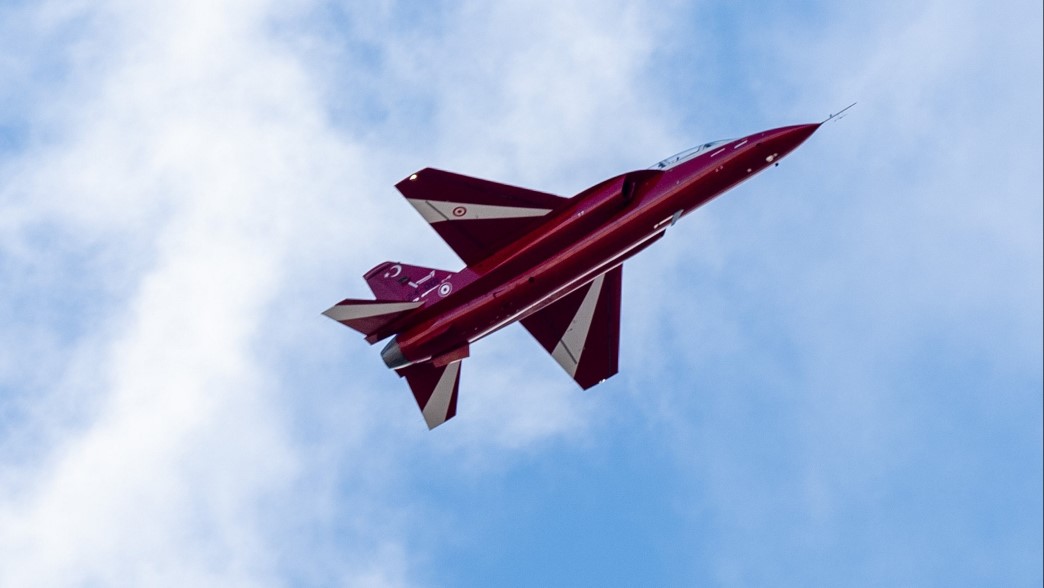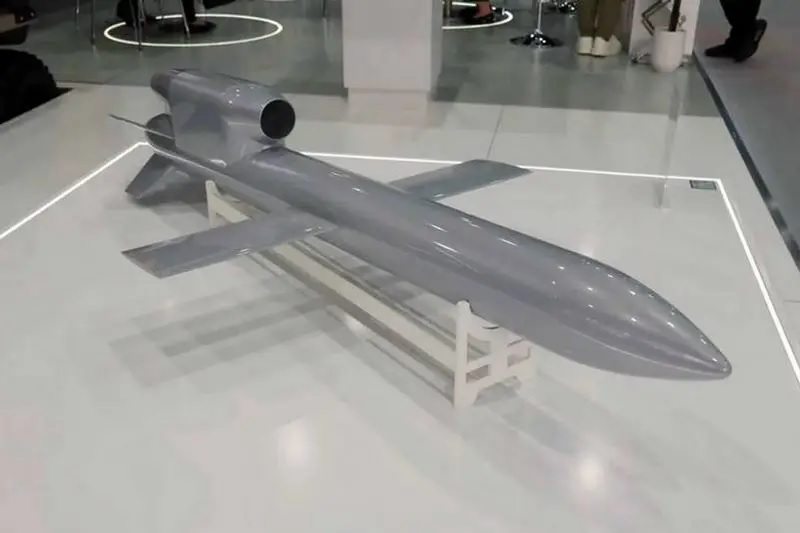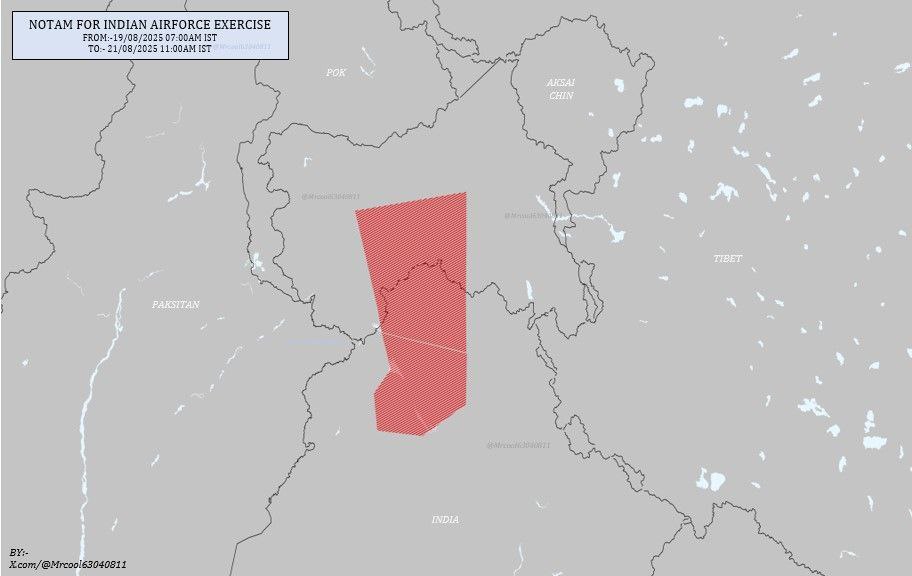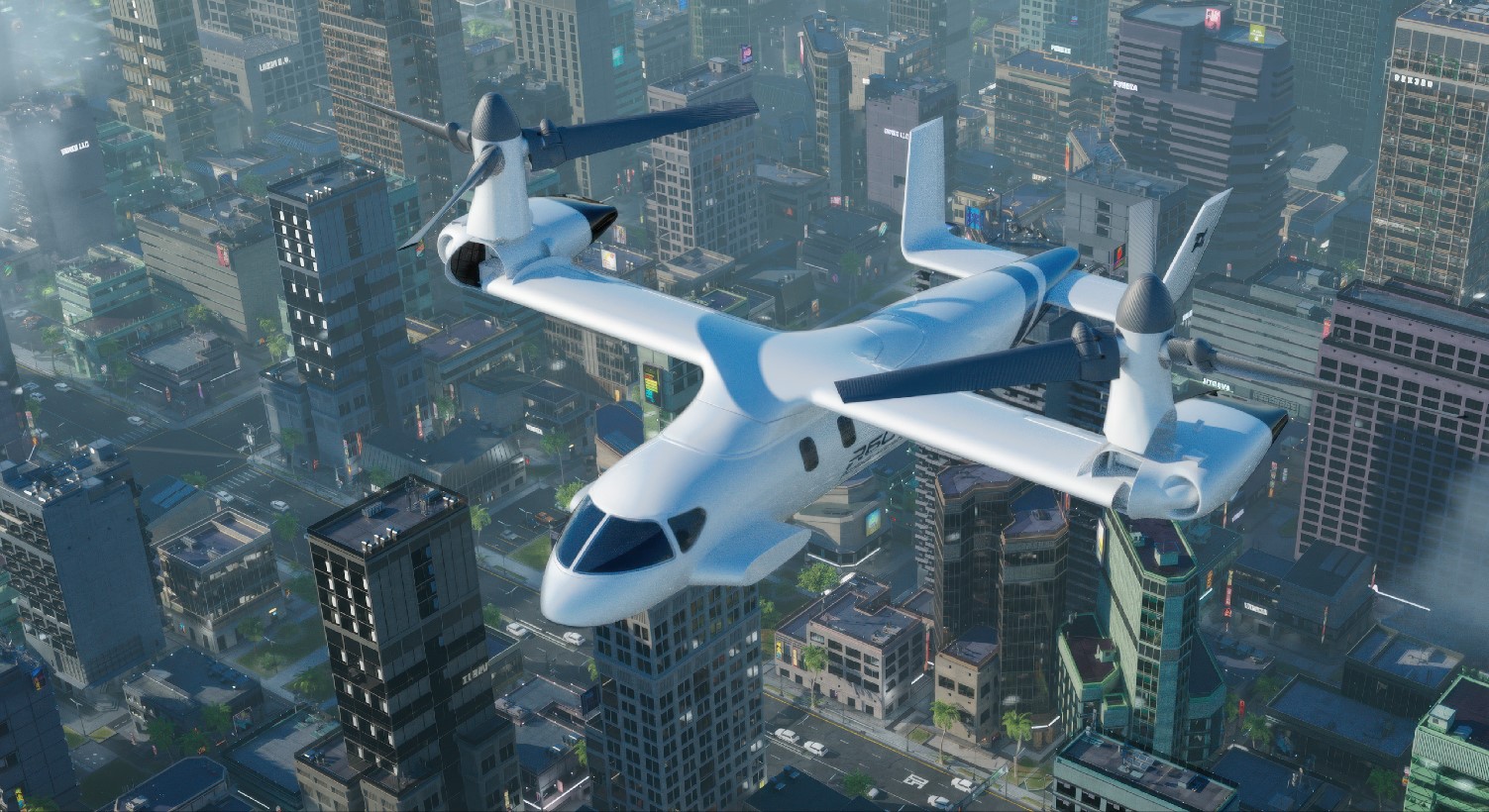Turkey's Hürjet Completes First Supersonic Flight Test, Boosting National Aerospace Ambitions

Turkey has achieved a major milestone in its aerospace journey as the Hürjet, a cutting-edge advanced trainer and light combat aircraft, successfully completed its first supersonic flight test. This remarkable event not only marks a new chapter in Turkey's defense industry but also demonstrates the growing capabilities of Turkish Aerospace Industries (TAI), the company behind the Hürjet's design and development.
The test flight took place at Mürted Air Base on a bright morning, with the Hürjet taking off at precisely 9:45 a.m. local time. Accompanied by an F-16 fighter jet to ensure a secure and controlled environment, the aircraft climbed into the skies and pushed past the speed of sound. During the 38-minute test flight, the Hürjet successfully reached supersonic speeds before safely landing at 10:23 a.m., marking a crucial achievement in the ongoing development of this versatile aircraft.
The Hürjet is an impressive feat of engineering, developed to replace older trainer aircraft in the Turkish Air Force, such as the T-38 Talon and the F-5. Measuring 13.4 meters (43 feet) in length with a wingspan of 9.5 meters, the Hürjet is designed to train future pilots for high-performance aircraft, while also being capable of light combat missions. Its performance specs are noteworthy: the aircraft can fly at speeds up to Mach 1.4, soar to altitudes of 45,000 feet (13.7 kilometers), and operate in a variety of roles, making it a highly adaptable asset for the Turkish military.
TAI began the Hürjet project in August 2017, setting out to create a modern trainer and combat aircraft that could meet both domestic and international needs. The Hürjet took its first flight on March 18, 2023, and since then, it has undergone a rigorous series of tests, including formation flights with aerobatic teams and transonic flight trials. The aircraft is currently undergoing further testing to ensure that it meets all required standards before being introduced into full operational use.
What makes this latest supersonic flight particularly important is its implications for the future of Turkish aerospace. The successful test demonstrates that Turkey is capable of producing high-performance military aircraft that can compete on the global stage. The Hürjet is expected to attract interest from other countries looking to modernize their air forces, potentially positioning Turkey as a significant player in the international defense market.
The Hürjet's role, however, is not just limited to training pilots. The aircraft is designed with light combat capabilities, allowing it to carry out tactical air support missions, border patrol, and even limited air-to-ground strikes. This multi-role flexibility enhances its appeal, particularly for countries seeking an affordable yet capable aircraft for both training and combat operations.
The future of the Hürjet looks promising, with continued testing and development ensuring that the aircraft will be fine-tuned for maximum performance. The recent supersonic flight is a key milestone, and as the project progresses, TAI is likely to introduce even more advanced capabilities, further solidifying the Hürjet as a symbol of Turkey’s growing aerospace expertise.
As Turkey continues to invest in its defense industry, the Hürjet stands out as a testament to the nation's ambitions to not only become self-reliant in military production but also to export high-tech aerospace solutions to the global market.



